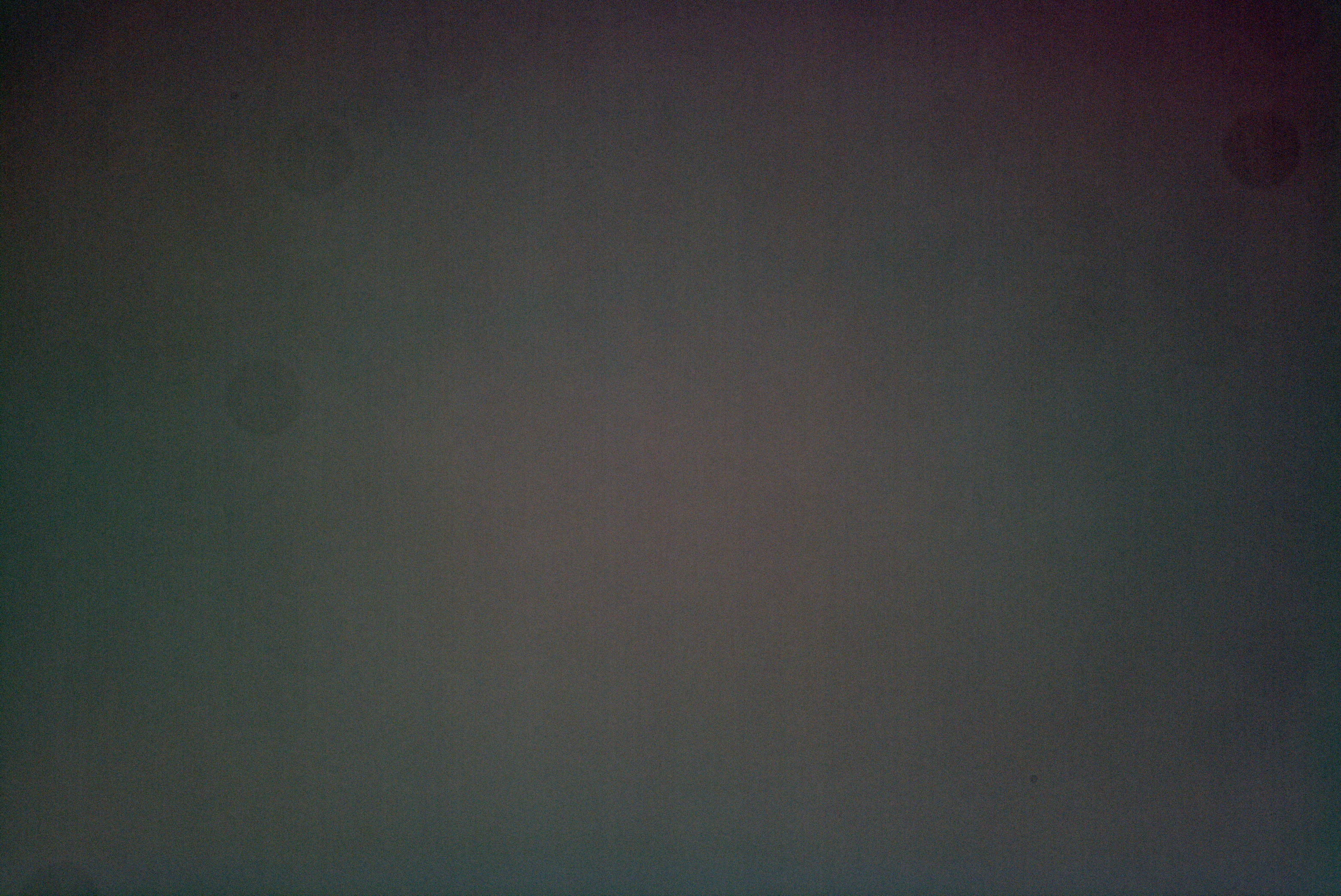These images below are flat frames taken with the Wanderer Astro Flip-Flat at a remote site, using a ZWO ASI2600MC color camera. They seem to work fine when I calibrate my lights with them, but they do not look like the flat frames I generate at home in the morning after imaging (sky flats at home). Anyone know why they look they way they do and if I need to be concerned, what do I do?
Flat frame with UV/IR cut filter:
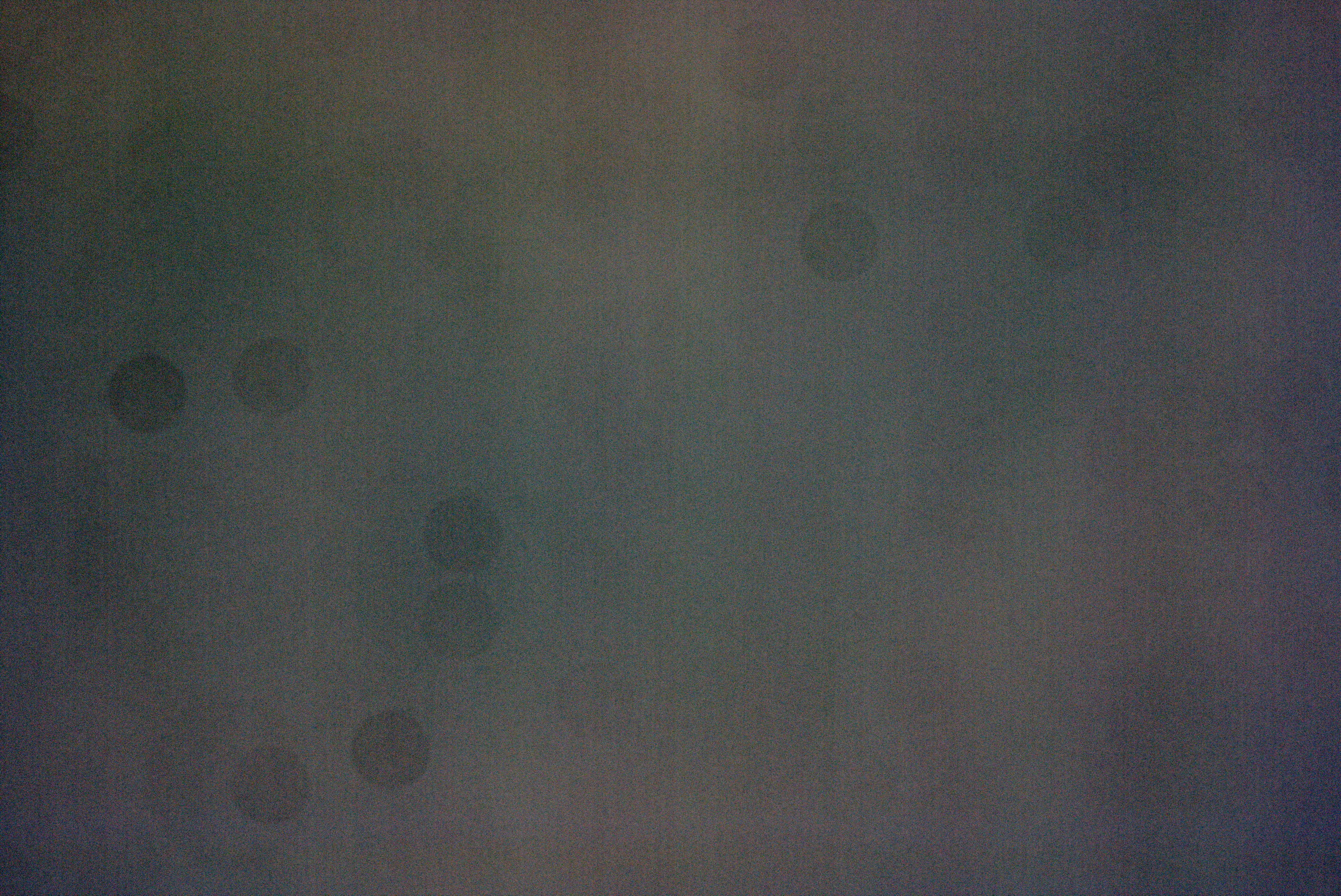
With L-Ultimate narrowband filter:
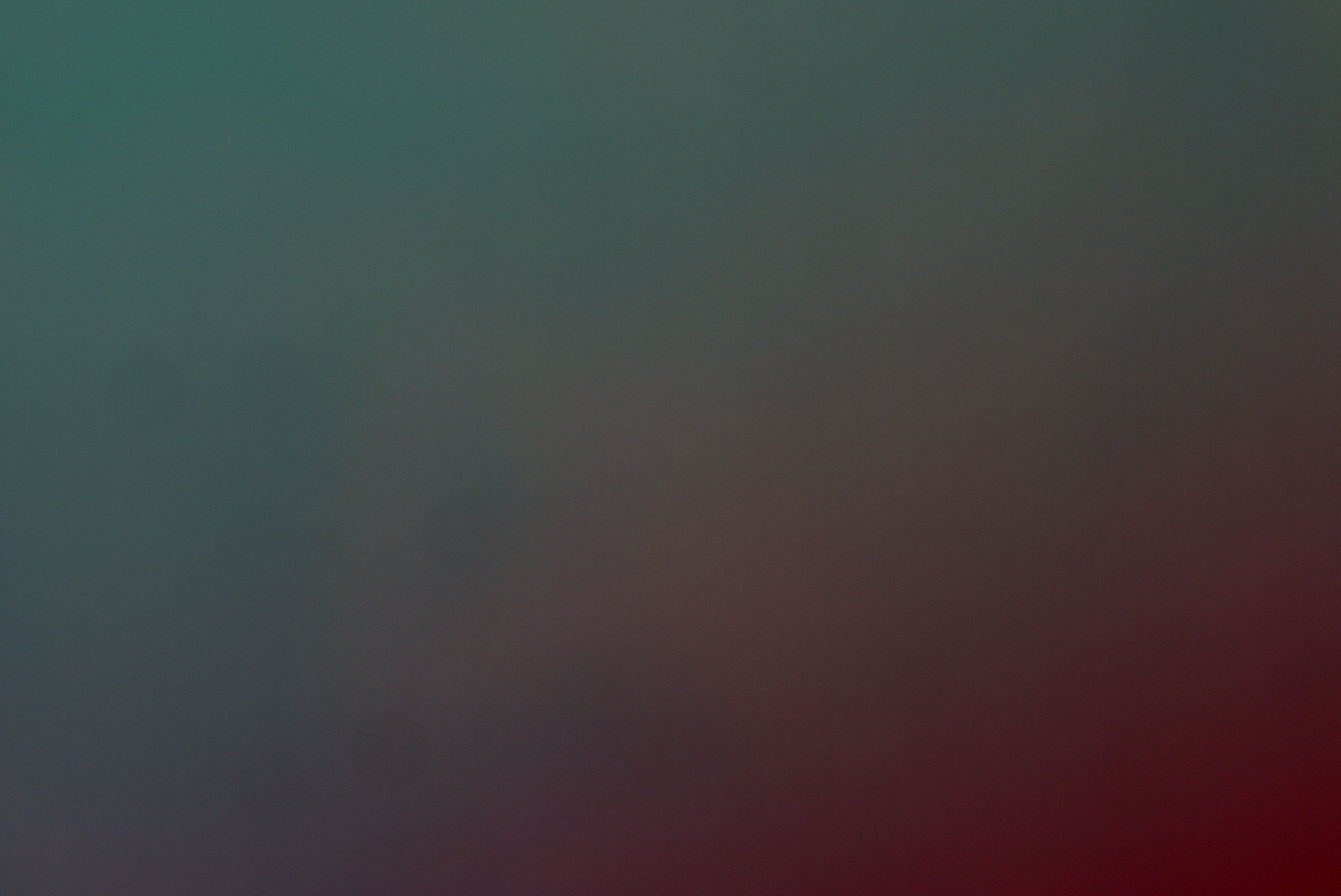
With Askar Ha-Oiii filter:
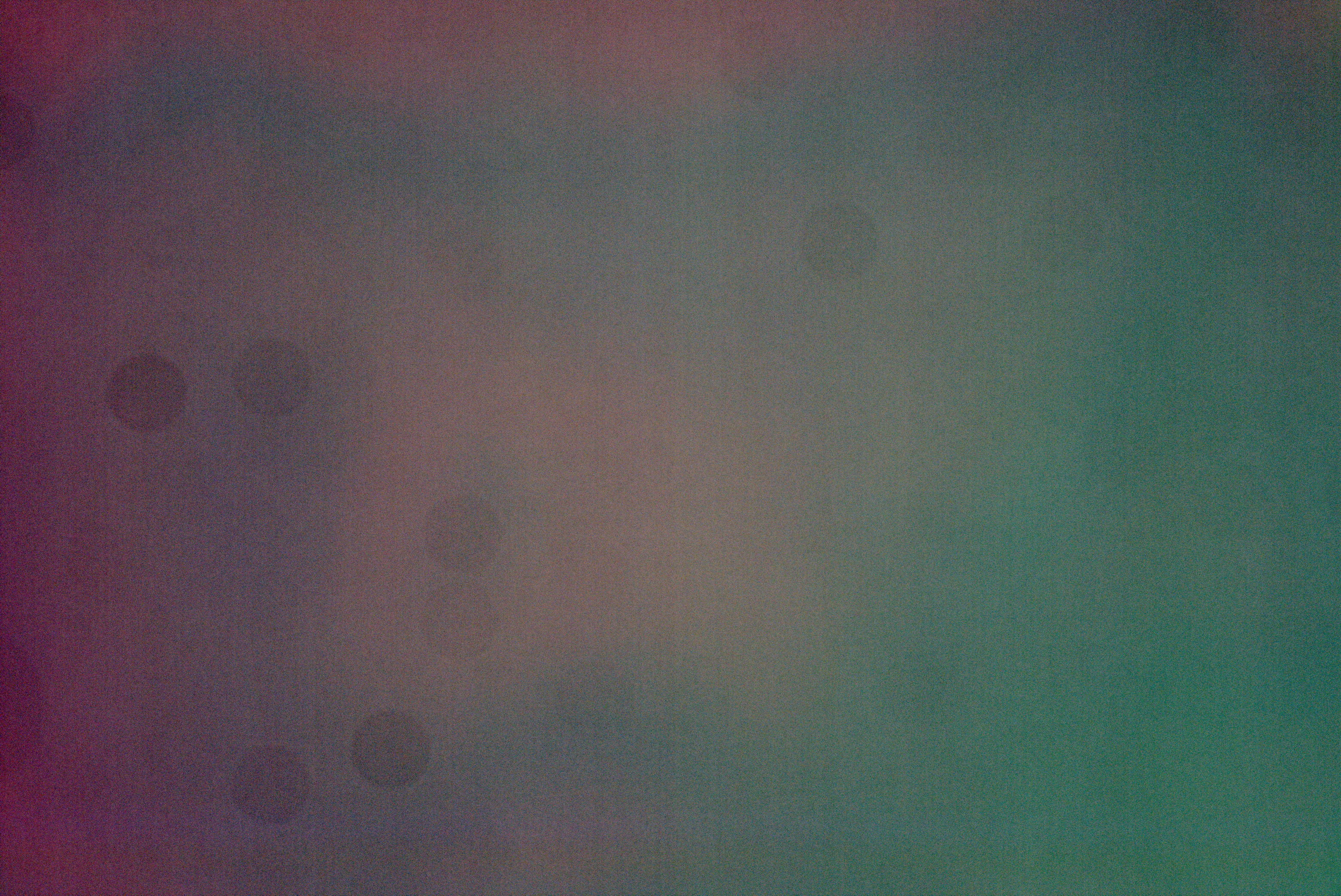
With Askar Sii-Oiii filter:
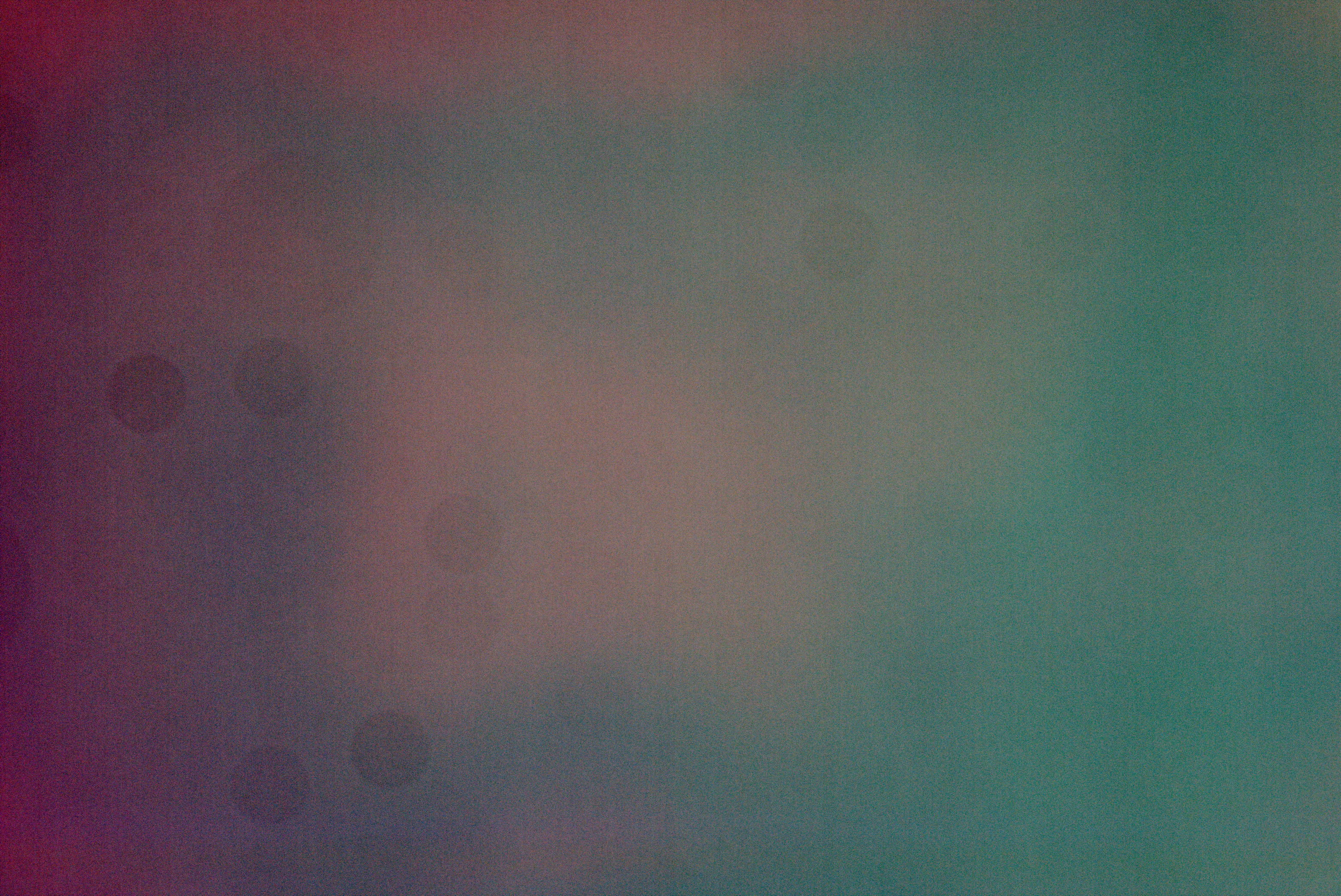
Thanks for any feedback!
Flat frame with UV/IR cut filter:

With L-Ultimate narrowband filter:

With Askar Ha-Oiii filter:

With Askar Sii-Oiii filter:

Thanks for any feedback!
